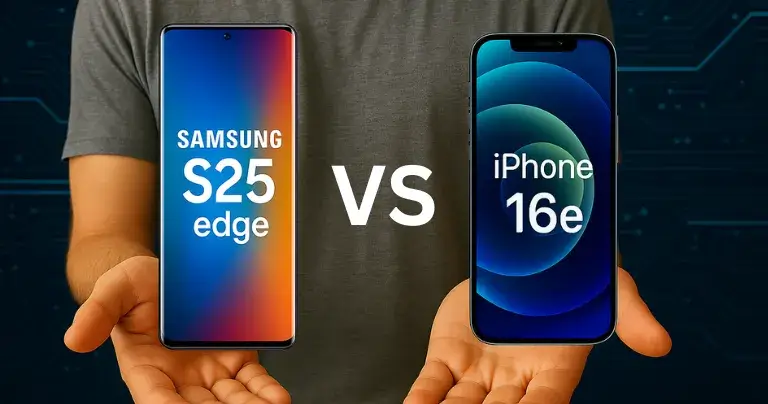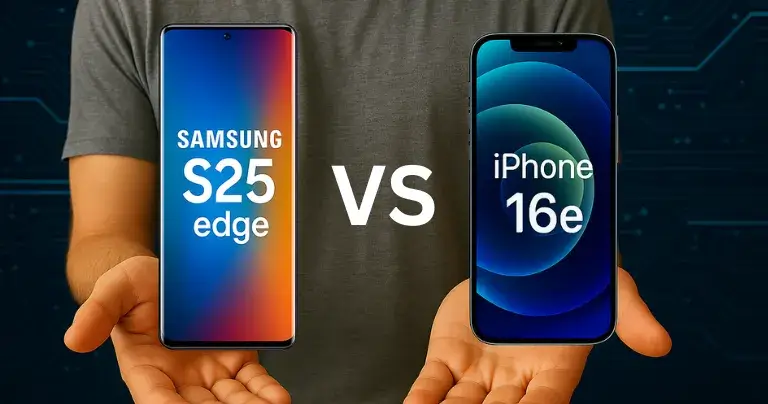
In 2025, choosing a premium smartphone isn’t as simple as picking the brand you’ve always known. With every new release, the competition gets tight. Especially between Samsung and Apple. Two tech titans known for pushing technology beyond boundaries.
Key Differences
| Feature Category | Samsung S25 Edge | iPhone 16e |
| Display | 6.8" QHD+ AMOLED, 144Hz curved screen | 6.2" Super Retina XDR OLED, 120Hz flat display |
| Chipset | Snapdragon 8 Gen 4 / Exynos 2500 | A18 Bionic |
| Main Camera | 200MP, 100x zoom, Pro modes | 48MP, Smart HDR 6, Cinematic & Action video |
| Battery | 5000mAh, 65W fast charging, reverse wireless | ~4200mAh, 25W charging, 15W MagSafe |
| OS & Ecosystem | Android 14 + One UI 7, Samsung DeX (Samsung DEX) | iOS 18, Deep Apple ecosystem integration |
| Software Support | 4 years OS, 5 years security | 5–6 years full updates |
| Price | Starts at $1,199 | Starts at $899 |
Design & Build
When it comes to physical design, the Samsung S25 Edge embraces boldness, while the iPhone 16e doubles down on minimalism.
Samsung S25 Edge
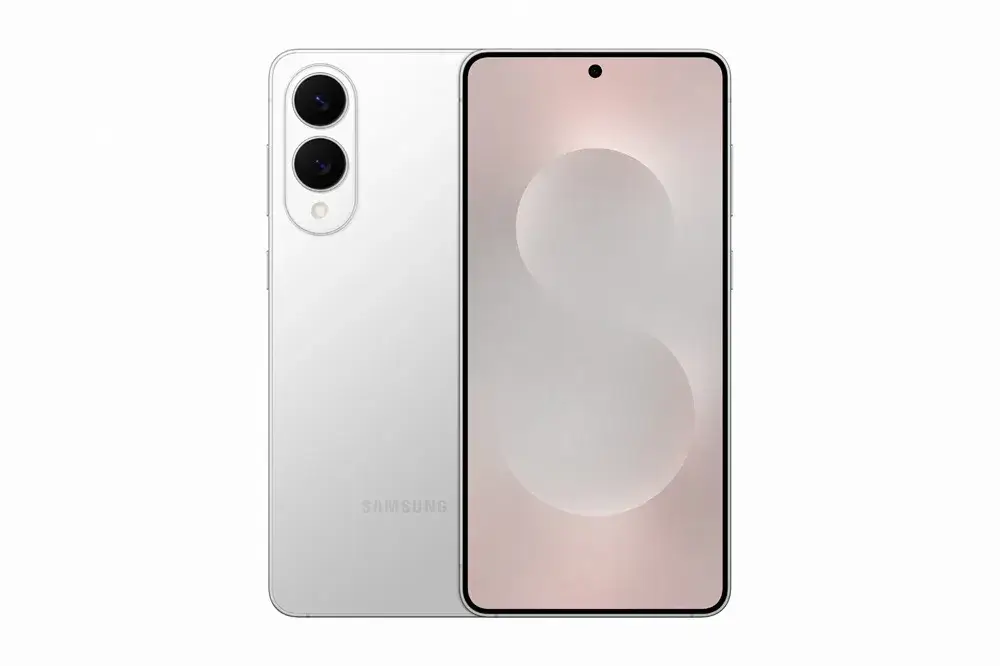
Samsung’s iconic curved-edge design makes a return, with the 6.8-inch display subtly spilling over the edges for a premium, futuristic look. The back features a matte glass finish, curved edges for grip, and an aluminum frame. It’s IP68 rated for water and dust resistance, meaning you can take it in the rain without fear.
Iphone 16e
Apple keeps things simple and refined. The iPhone 16e has a flat display, flat edges, and the clean, minimal look Apple is known for. It’s slightly more compact and lighter, making it ideal for one-handed use. The Ceramic Shield front is still the toughest in the industry, offering excellent drop resistance.
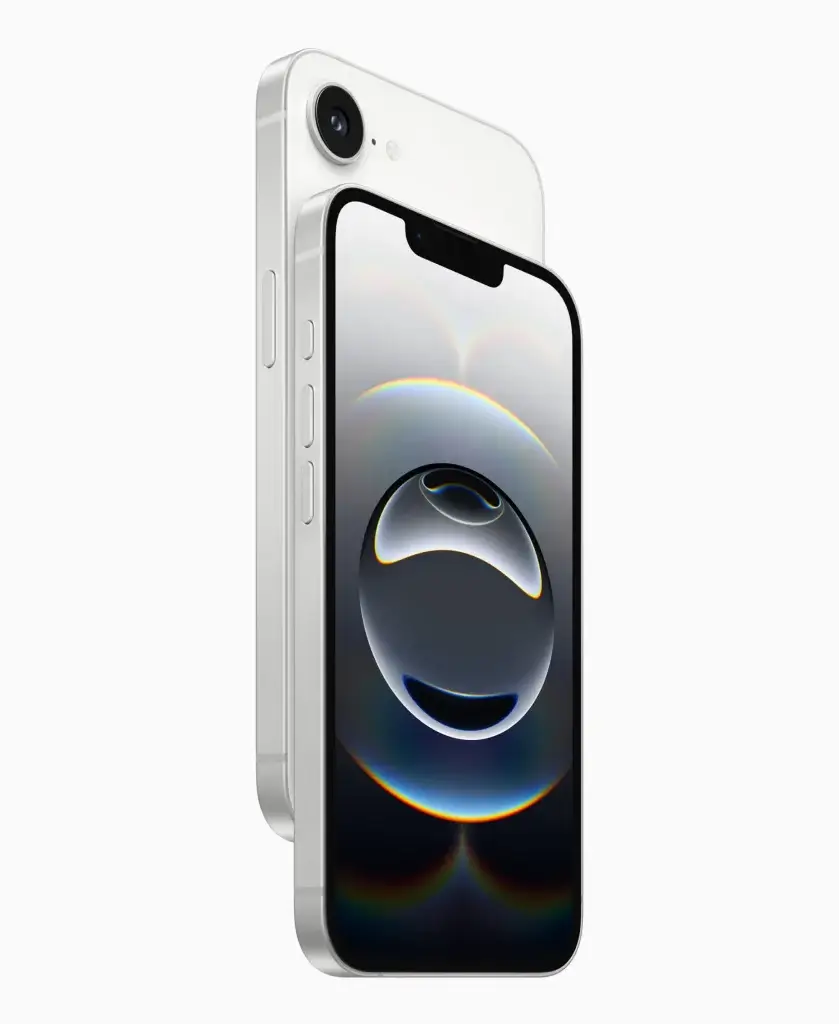
( Design Verdict : Samsung wins in screen immersion and visual appeal, while Apple wins on comfort and simplicity)
Display Comparison
Iphone 16e
Apple’s 6.2-inch Super Retina XDR OLED may be smaller, but it delivers fantastic clarity, color calibration, and HDR brightness up to 2000 nits. With ProMotion 120Hz, the iPhone keeps up in smoothness, though it doesn’t offer the same QHD+ resolution or variable refresh range as Samsung’s panel.
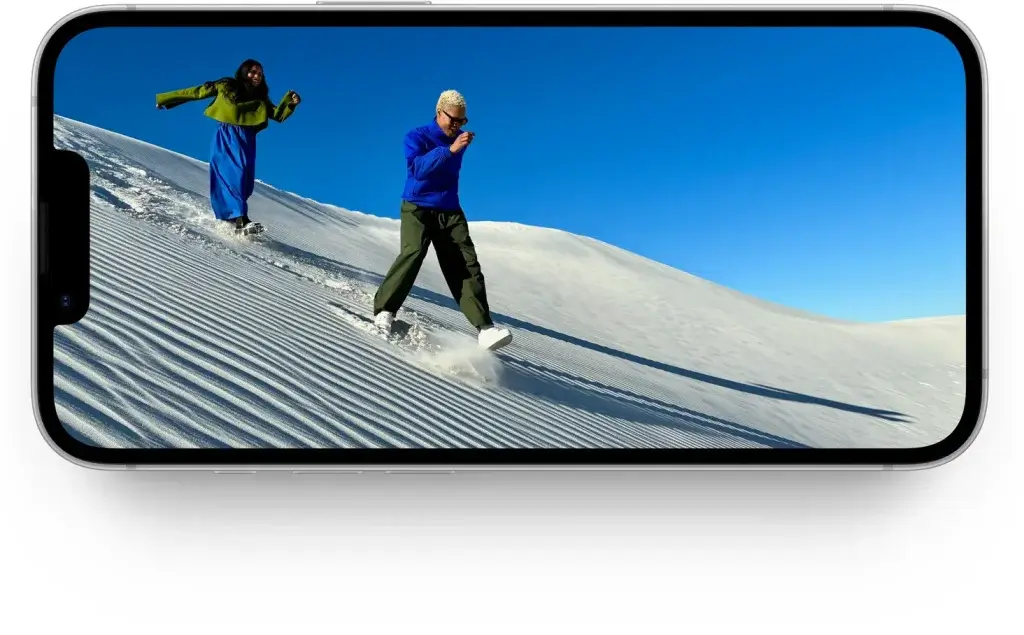
Samsung S25 Edge
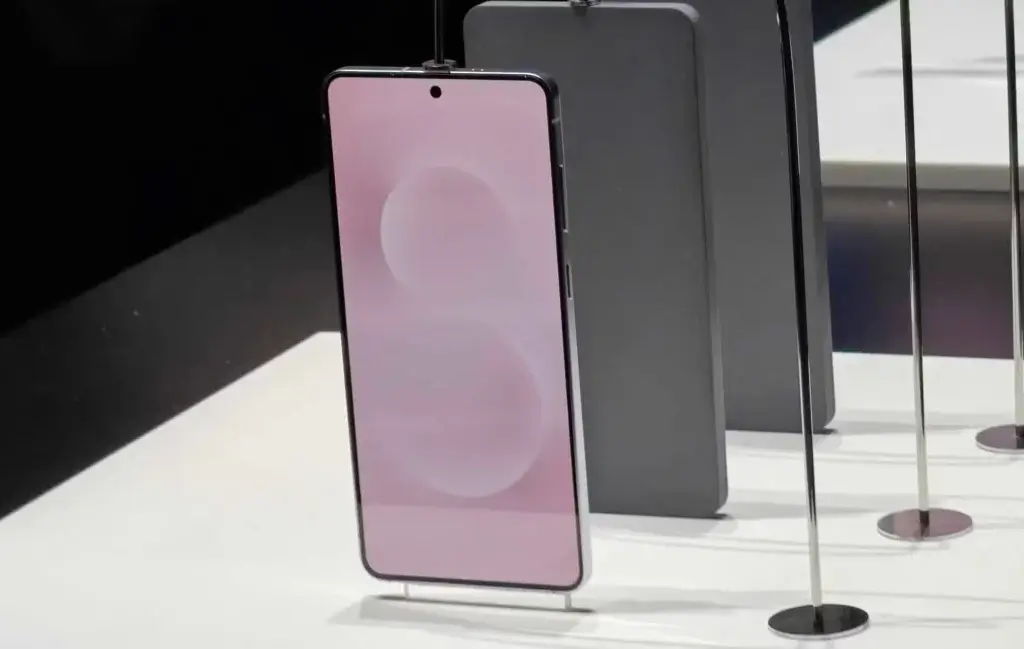
Samsung consistently sets the standard in mobile displays, and the S25 Edge is no exception. The QHD+ Dynamic AMOLED 2X screen is vibrant, color-rich, and sharp. At 144Hz, it’s also smoother than the iPhone for fast animations, gaming, and scrolling.
(Display Verdict : Samsung for visual immersion, Apple for consistent quality and color accuracy)
Performance & Speed
Samsung S25 Edge
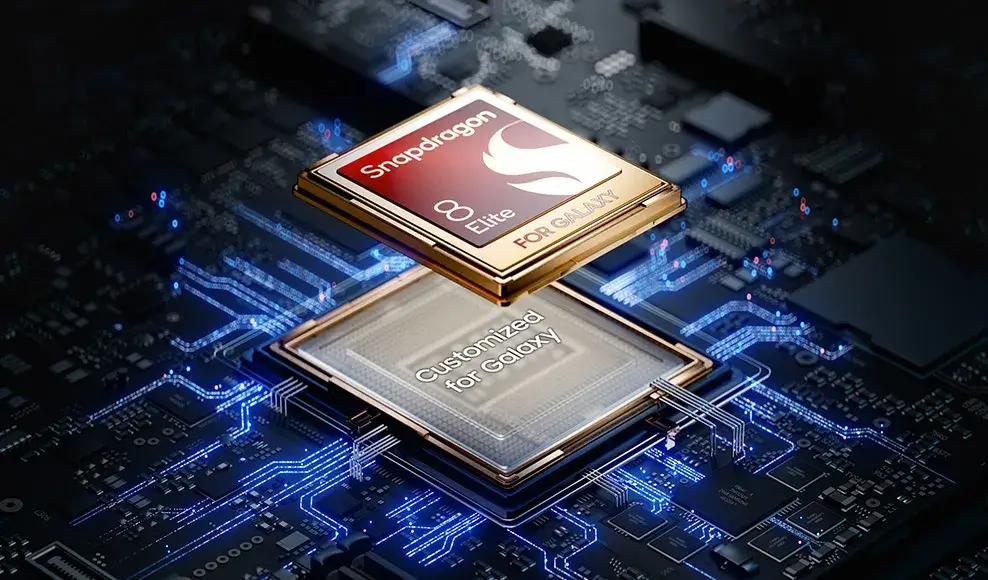
Under the hood, the S25 Edge is a beast. It features the Snapdragon 8 Gen 4 or Exynos 2500, paired with up to 16GB of RAM and 1TB of storage. This powerhouse combo handles demanding tasks like 3D gaming, 8K video editing, and AI photo processing with ease. Samsung also includes vapor cooling for thermal management, ensuring the phone doesn’t throttle under pressure.
iPhone 16e
Apple’s A18 Bionic continues to lead in single-core performance and energy efficiency. It’s built on an advanced 3nm process, offering lightning-fast app launch times, superb multitasking, and AI-driven enhancements for photography, language processing, and more. The iPhone might have less RAM, but the tight integration between hardware and iOS means it never feels slow.
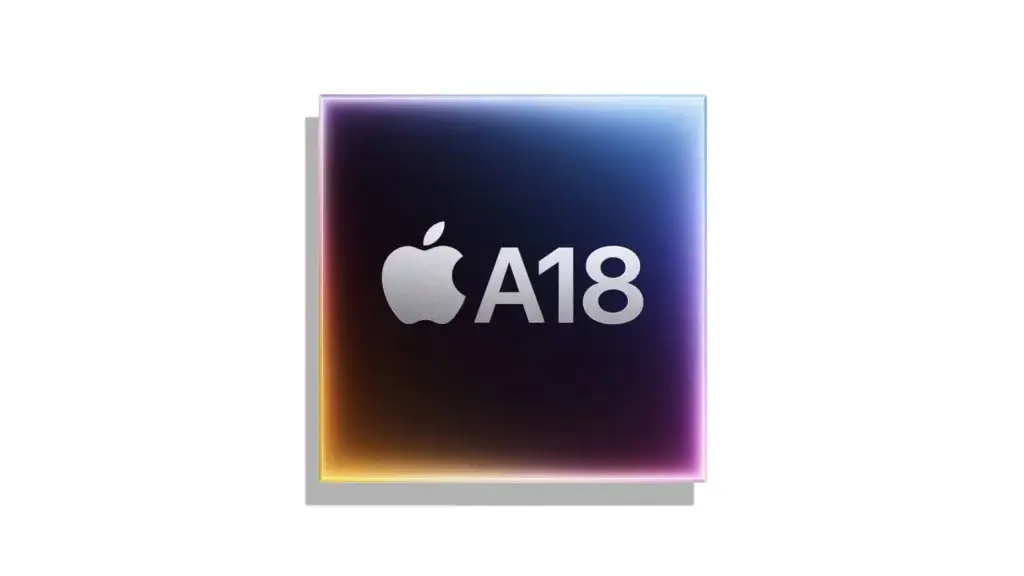
(Performance Verdict : Samsung wins in heavy-load scenarios and raw specs. Apple wins in real-world efficiency and longevity)
Camera Showdown
Samsung S25 Edge
200MP main sensor (adaptive pixel binning)
12MP ultrawide
10MP periscope lens with 10x optical zoom, up to 100x Space Zoom
8K video at 30fps
40MP front camera
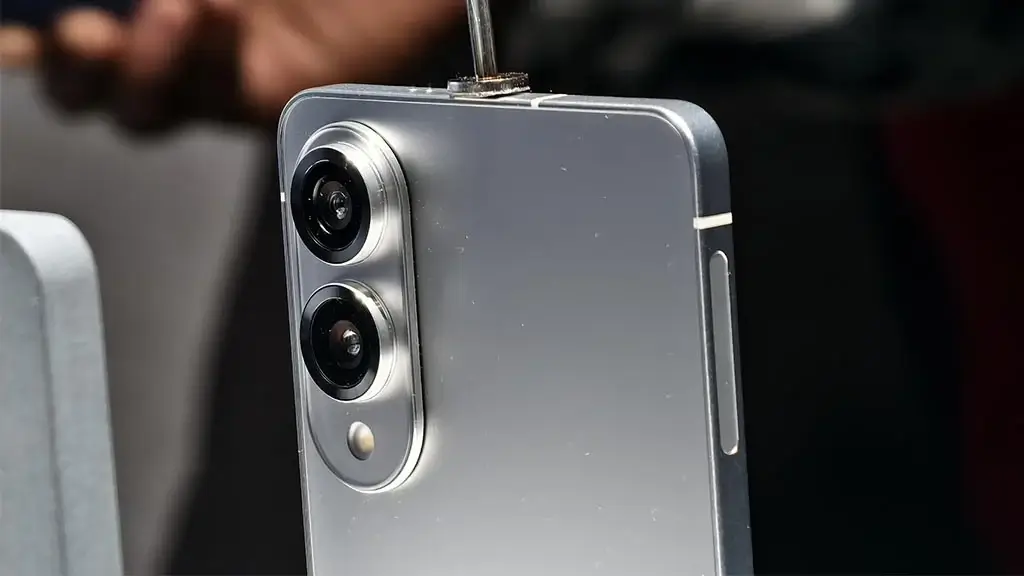
Samsung leans into camera hardware superiority with massive resolution, long zoom and versatile pro controls. Its Nephrography and AI image tuning have improved, especially in low-light and portrait scenarios.
iPhone 16e
48MP main sensor
12MP ultrawide
Smart HDR 6, Deep Fusion, and Photonic Engine
4K Cinematic mode, Action mode, Dolby Vision HDR
12MP front camera with Face ID sensor
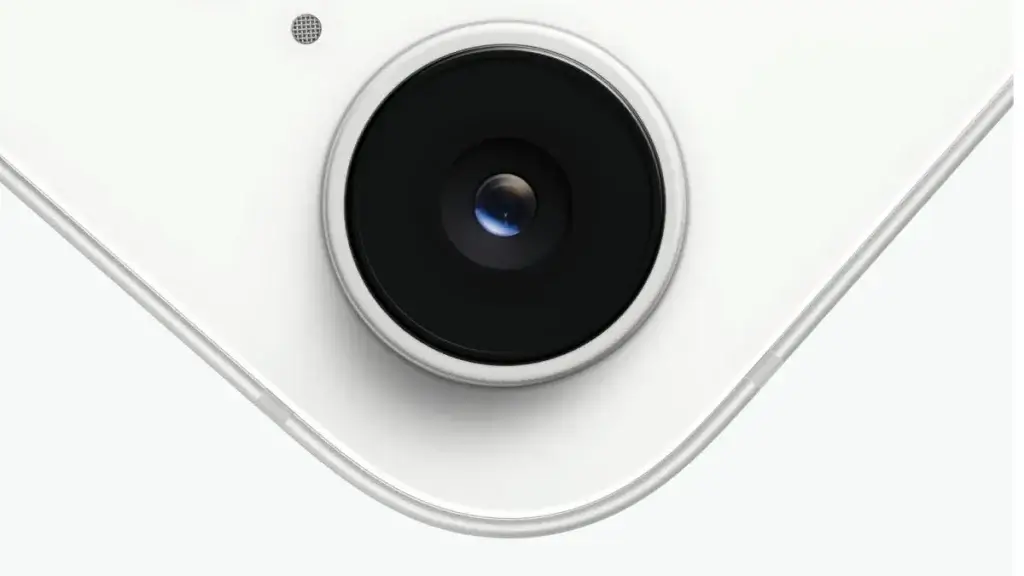
Apple excels in computational photography. Images are consistent, realistic and require little post-editing. Video is where Apple still dominates with unbeatable stabilization and dynamic range.
( Camera Verdict : Samsung wins in zoom, flexibility, and manual options. iPhone wins in video, consistency, and point-and-shoot simplicity )
Battery Life & Charging
The S25 Edge
is loaded with a 5000mAh battery, offering 1.5–2 days of moderate use. It supports 65W wired charging, 45W wireless charging, and even reverse wireless charging, so you can top up your Galaxy Buds or Watch.
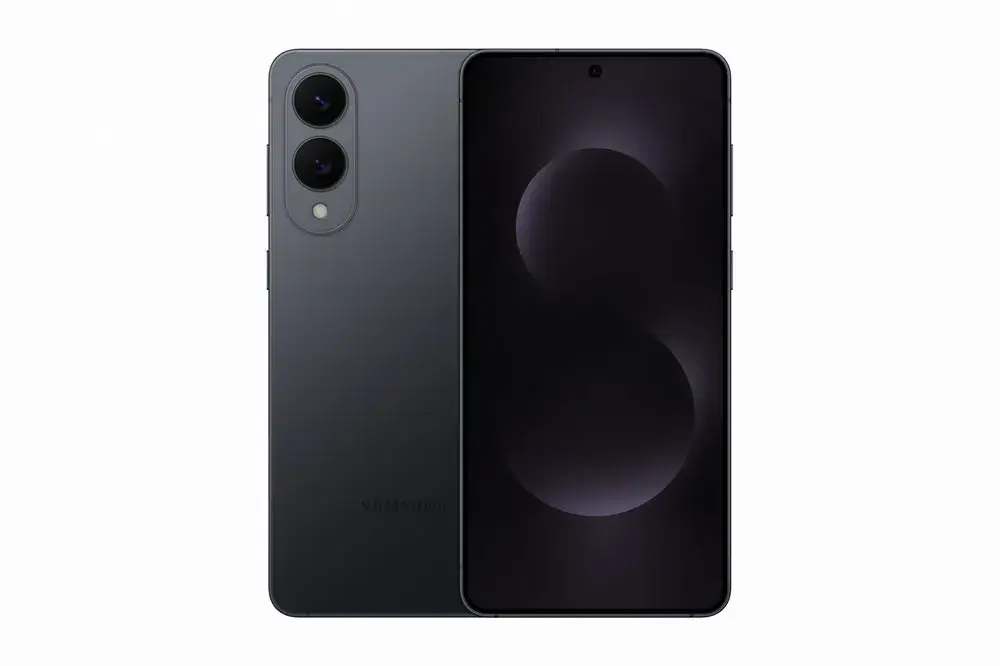
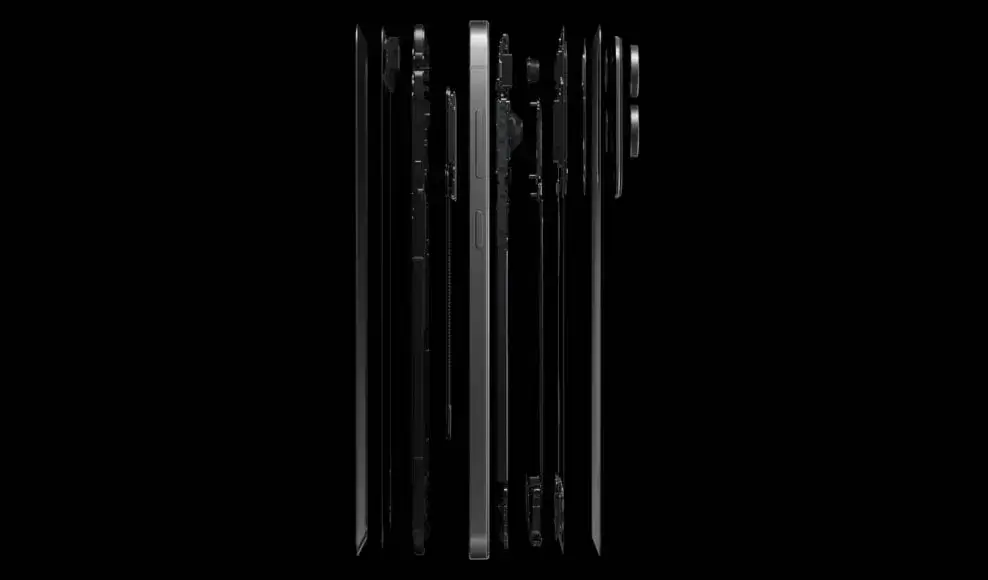
The iPhone 16e
has an estimated 4200mAh battery, smaller but efficient. The A18 chip helps conserve power, easily getting users through a full day. Charging is capped at 25W wired and 15W via MagSafe. It’s slower, but Apple emphasizes battery health and temperature control over speed.
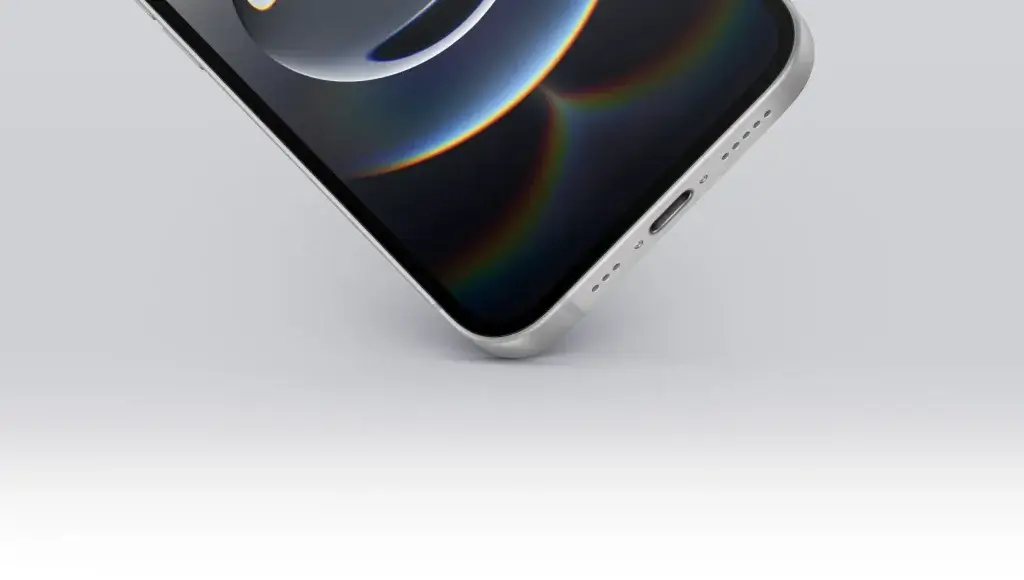
( Battery Verdict: Samsung for fast charging and longer life; Apple for stability and long-term battery health. )
Software & Ecosystem
Samsung + Android 14
- Customization galore: launchers, widgets, themes
- Samsung DeX turns phone into desktop PC
- Integration with Google, Windows, and Samsung devices
- Promised 4 years of OS + 5 years of security updates
Apple + iOS 18
- Tight ecosystem with iPad, Mac, Apple Watch
- Focus on privacy, on-device AI, and minimal design
- Seamless updates for 5–6 years
- Fewer customization options, but highly polished UX
Apple’s ecosystem is unmatched in continuity start a task on one device, finish it on another. Samsung wins for productivity tools and flexibility.
( Ecosystem Verdict: Apple wins for seamless integration; Samsung wins for user control and versatility )
Privacy & Security
Samsung offers a solid combo of an in-display fingerprint sensor, face unlock, and Secure Folder for extra privacy.
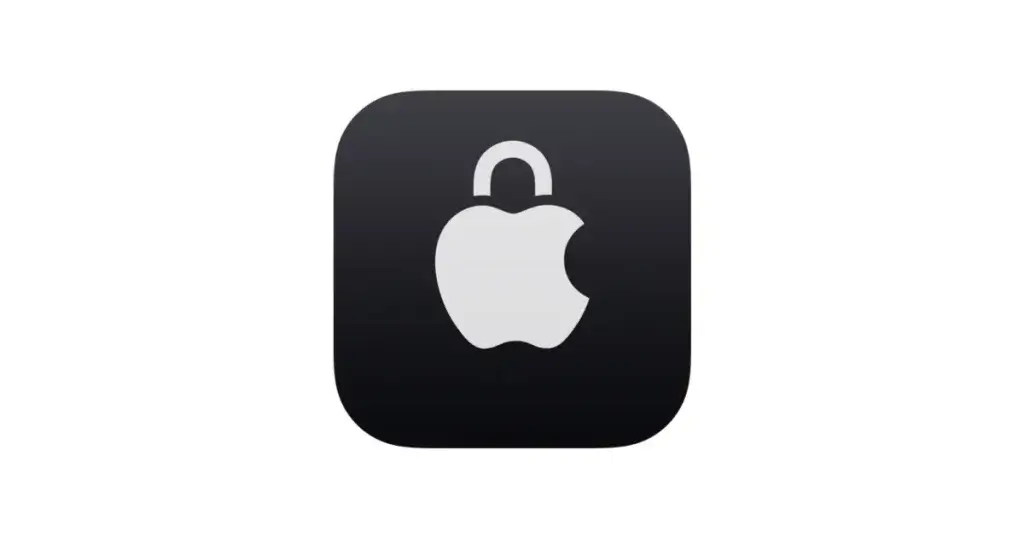
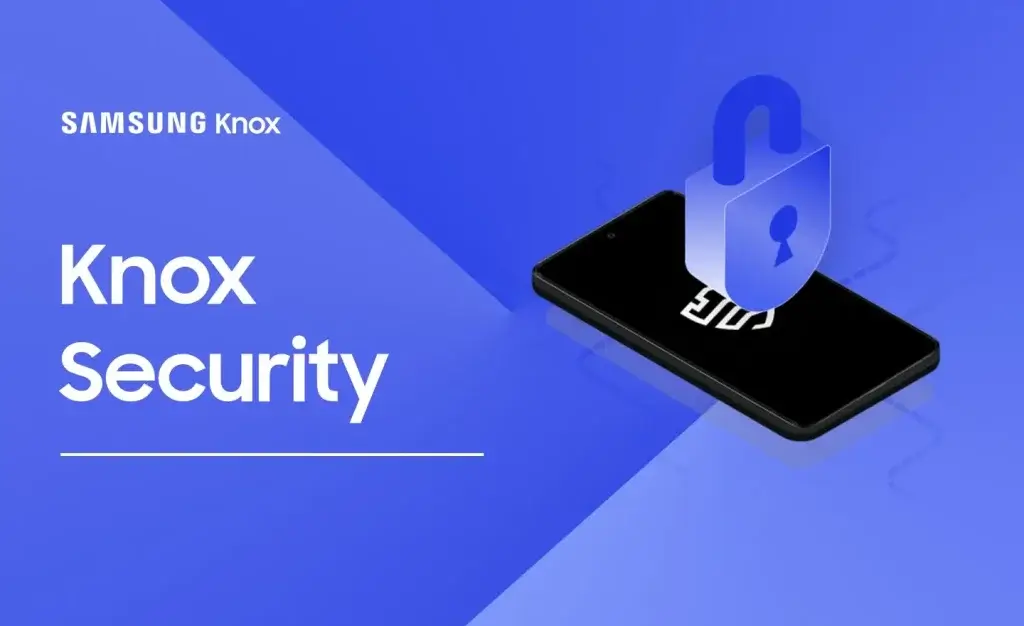
Apple’s Face ID remains the gold standard in biometric security. Plus, iOS is known for data encryption, app tracking transparency, and regular security updates.
( Security Verdict: Apple leads in privacy. Samsung leads in unlock options and sandboxing tools )
AI & Smart Features
Artificial intelligence is no longer just a buzzword—it plays a central role in modern smartphones. In 2025, both Samsung and Apple have integrated AI deeper into their ecosystems, but they approach it differently.
Samsung S25 Edge | AI-Powered Customization and Utility
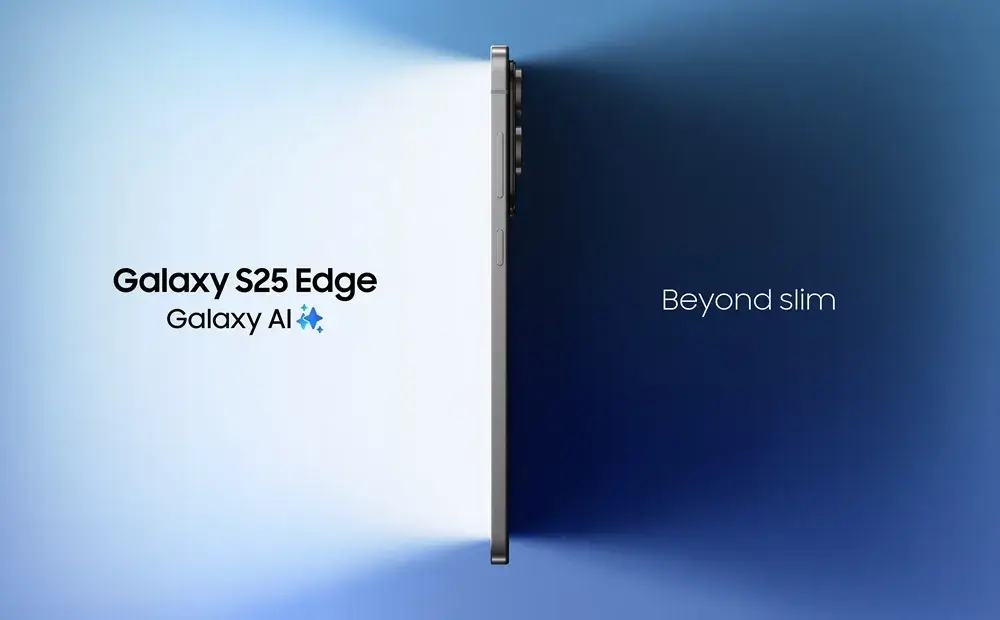
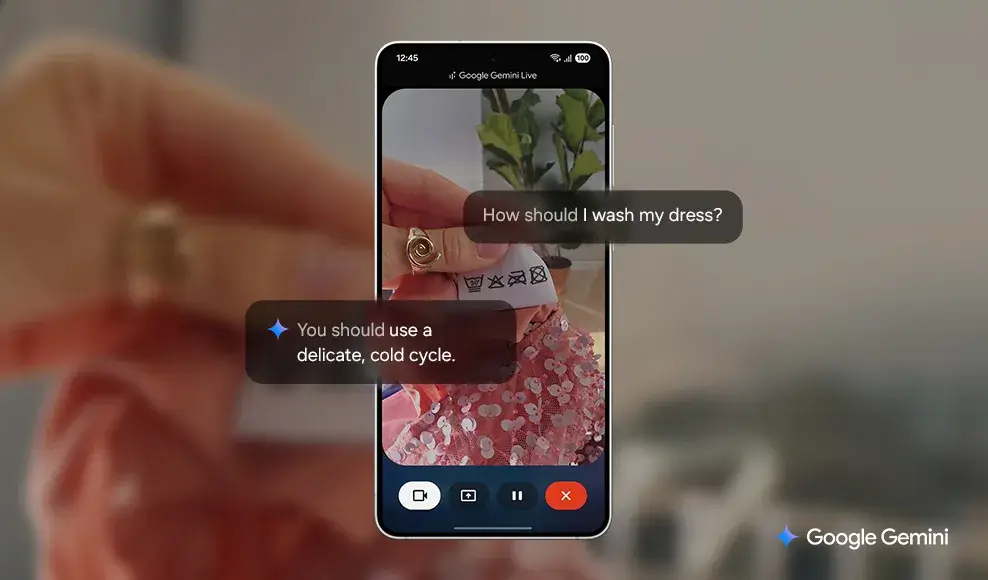
Samsung’s AI suite is built on-device and in the cloud, leveraging the power of the Snapdragon 8 Gen 4/Exynos 2500 with advanced neural processing units (NPUs). Key AI features include:
- AI Performance Boost: Dynamically adjusts CPU/GPU usage based on app behavior to save battery and reduce heat.
- AI Wallpaper & Themes: Generates personalized themes based on mood, location, or weather.
- AI Image Editing: "Object Eraser" and generative fill features let you remove or replace elements in photos with surprising accuracy.
- Samsung Keyboard AI: Predicts responses contextually and supports live translations with better accuracy than ever.
- Galaxy AI Companion: An assistant designed for multitasking — summarizing documents, auto-categorizing notes, and more.
Samsung also partners with Google’s AI services, meaning Gemini and Assistant play nicely alongside Samsung’s own tools, offering flexibility to users who want options.
iPhone 16e | Seamless, Secure, and Subtle AI
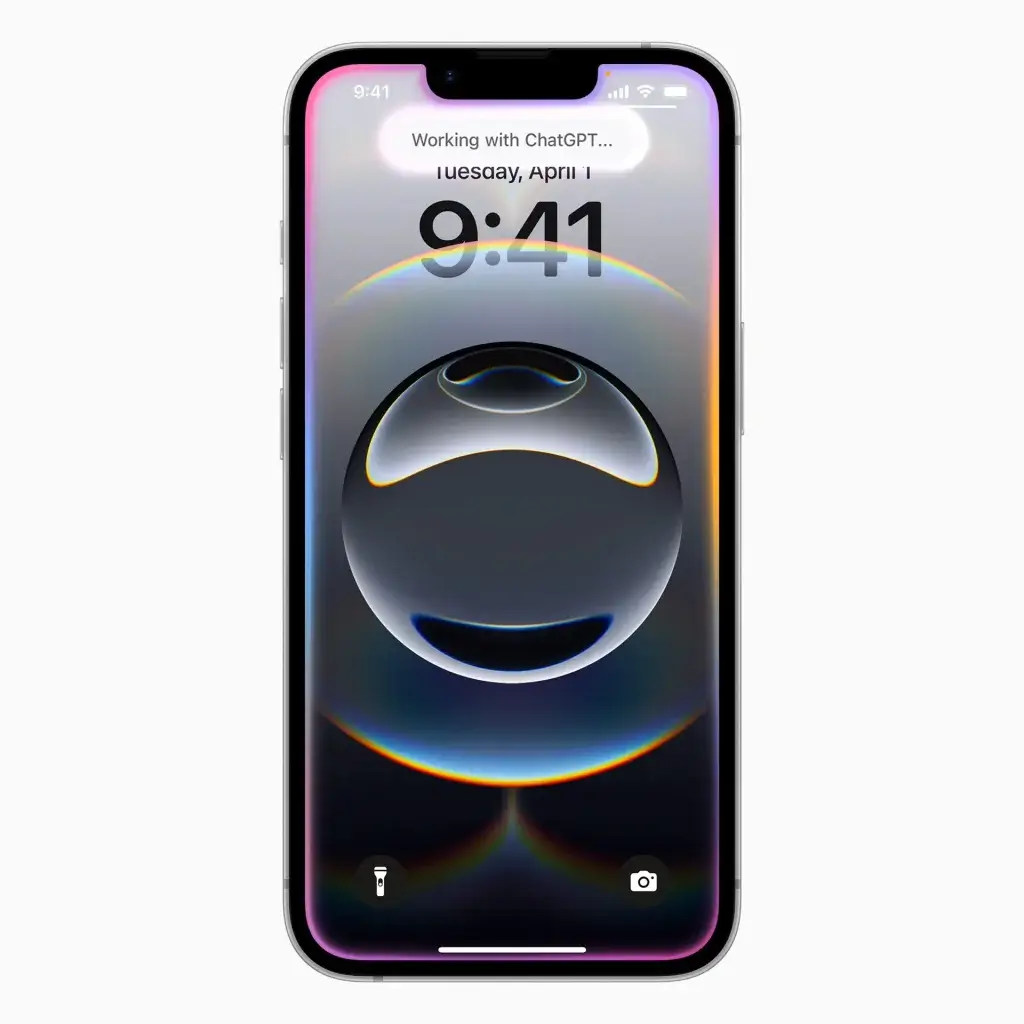
Apple’s approach to AI, powered by the A18 Bionic’s 16-core Neural Engine, focuses on privacy-first, on-device intelligence. Key AI features include:
- Live Voicemail & Call Screening: Real-time call transcriptions help users decide whether to answer unknown calls.
- Smart Replies and Text Prediction: iMessage and Mail suggest context-aware responses and corrections, now more natural and accurate.
- Visual Look Up & Subject Lift: Identify plants, landmarks, or copy text from any image or video in real time.
- AI Photography Enhancements: Deep Fusion and Photonic Engine combine multiple frames for the perfect shot, with less noise and better detail — all without user input.
- Siri with Generative AI (iOS 18): Apple’s assistant now understands more complex tasks like scheduling based on messages or pulling summary highlights from notes or news articles.
Though Apple’s AI features may appear less flashy, they are deeply integrated into the user experience and always with a privacy-first design. All processing is done on-device when possible, and no user data is sent to the cloud without explicit permission.
Pricing, Storage, and Value
The iPhone 16e is more budget-friendly, especially for users who don’t need terabytes of storage. The S25 Edge targets power users with demanding needs and charges accordingly.
( Value Verdict: iPhone for affordability and long-term updates. Samsung is for spec-driven premium users )
Pros & Cons Overview
| Category | Samsung S25 Edge Pros | iPhone 16e Pros |
| Display | Large, high resolution, 144Hz AMOLED | Bright, color-accurate, efficient OLED |
| Performance | High RAM, great for power tasks | Industry-best chip for smooth operation |
| Camera | Versatile lenses, Pro controls, 8K video | Top-tier video, Smart HDR, low-light magic |
| Charging | Ultra-fast wired/wireless + reverse | Stable charging, better battery longevity |
| Software | Customization, DeX, Android flexibility | Seamless updates, iOS polish |
| Price | More expensive than rivals | Lacks advanced zoom and manual camera tools |
| Design | Curved display prone to touch errors | Smaller screen may not suit gamers |
| Charging | Fast, but may cause heat if misused | Slower compared to Android phones |
| Ecosystem | Works best with Samsung accessories, but is compatible with a majority of other brands environments | Locked to the Apple environment |
Which One Should You Buy?
Choose the Samsung S25 Edge if you:
- Want a massive, cinematic display for gaming or media
- Need a pro-level camera with big zoom and manual control
- Rely on fast charging and big battery life
- Enjoy tweaking settings, multitasking, and Samsung’s features
Choose the iPhone 16e if you:
- Prefer long-term stability, privacy, and regular updates
- Are invested in the Apple ecosystem (Mac, iPad, Watch)
- Prioritize video creation, simple UX / UI and tight integration
- Want a sleek, compact flagship at a more accessible price
In Conclusion
The Samsung S25 Edge is the ideal Android flagship for power users, creatives, and spec-lovers. The iPhone 16e, on the other hand, is a reliable, elegant option built for efficiency, privacy, and day-to-day convenience.
Both phones are incredible, but they’re incredible in different ways. Your final choice should reflect what you care about most about a smartphone and what you expect from your device on a day to day basis.

Web content writer of Get Basic Idea

